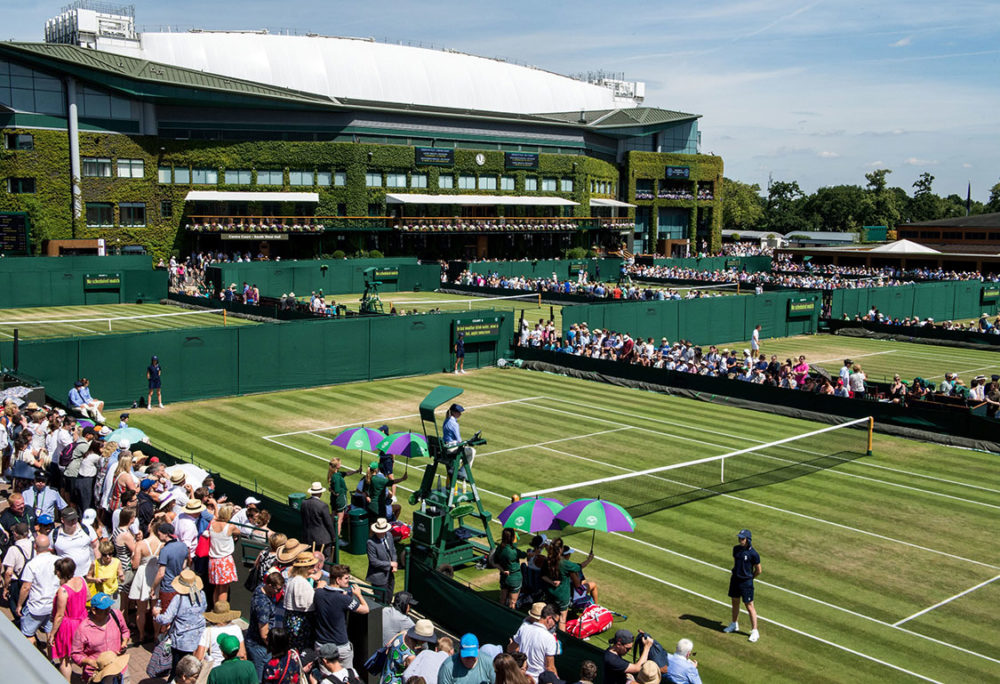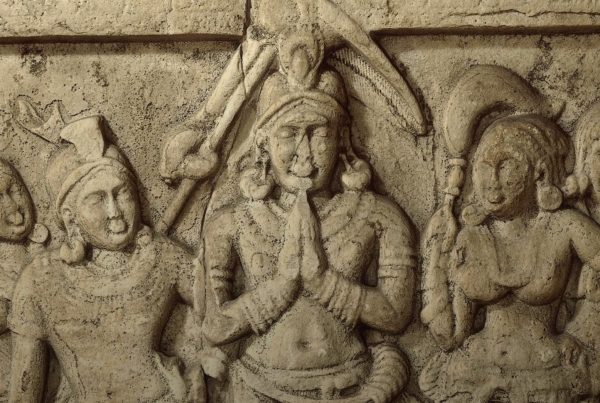By Richard Jones, tennis historian from The Tennis Gallery in Wimbledon
At four o’clock in the afternoon on Wednesday 1st April 2020 a simple headline repeatedly ran along the bottom of television screens across the country: “BREAKING NEWS: WIMBLEDON CANCELLED”. There it was, the inevitable announcement of the only possible decision the All England Lawn Tennis Club could take during the current lockdown. No-one in the tennis world wants doctors, nurses and other members of the emergency services to be working at a sports event when they could be saving lives elsewhere.
Onsite preparations for The Championships usually starts at the end of April, when contractors begin erecting the temporary trade stands and other facilities needed for the tournament, so the Club could have waited two or three weeks longer before making its decision. However, it has been clear for at least a fortnight that there was no chance of a major public gathering happening in London in June, so Wimbledon’s decision could have been made earlier, too. The delay is understandable because cancellation not only damages public morale but also adversely affects hundreds of companies who are suppliers of products and services to The Championships.
Wimbledon is a huge logistical operation for the Club and its suppliers. Half a million people attend The Championships each year, and in Britain up to ten million watch the tournament on BBC TV every day. Last year 53,000 Slazenger tennis balls were used during the fortnight. Over 50,000 plants were brought in to decorate the grounds.
Visitors consumed nearly nearly 200,000 portions of strawberries and cream, 250,000 meals, and 275,000 glasses of Pimm’s. Shopping is huge, too, with Wimbledon’s eleven onsite shops selling more than 450,000 items during the 2019 Championships.
It has been widely reported that the All England Club wisely insured against the possibility of a pandemic, so financial losses should not be too severe. But what of the players? Novak Djokovic won’t be worrying unduly, because last year alone he earned over $13 million dollars, including £2,350,000 for winning Wimbledon. Nor will Roger Federer, with career earnings of over $129 million. It is the lesser players, however, who will suffer. Unlike Premier League footballers, whose clubs pay them huge salaries, lower-ranked tennis players’ sole source of income is prize money. If they don’t play, they don’t get paid.
The world rankings are frozen, so Novak will stay at No.1 for the foreseeable future, slightly ahead of Rafael Nadal. Australia’s Ashleigh Barty is way out in front in the women’s rankings.
Overall, the cancellation of Wimbledon is a big disappointment for millions of people, but when Wimbledon does return, hopefully in 2021, it will be with the public knowledge that, when the going got tough, Wimbledon did the right thing. The Championships is an annual celebration of all that is best in sport and life, and no-one is celebrating right now. But gradually, things will change.
In the meantime, The All England Club has pledged to join in the fight against coronavirus. Chairman Ian Hewitt said yesterday, “we believe that it is a measure of this global crisis that it is ultimately the right decision to cancel this year’s Championships, and instead concentrate on how we can use the breadth of Wimbledon’s resources to help those in our local communities and beyond.”
Some interesting Wimbledon Championship statistics:
- The weight of the retractable roof on Centre Court is so immense that it is easier to imagine the weight as an animal, in this case 200 elephants
- There are approximately 54,000,000 blades of grass on Centre Court
- When designing Centre Court Captain Stanley Peach declared that you will be able to see a farthing placed on the centre of the court from every seat in the house
- The height of the grass on Centre Court ranges from 15mm-8mm depending on the time of the year, yet no more than 1mm will be removed from the grass in any one cut
- A grounds person will walk approx. 1 mile when moving a lawn at Wimbledon, so every morning 18 miles of lawn are mowed
- One tennis ball weighs 57.7g so the weight of all the balls used is approx. 3.1 tons or one adult male hippopotamus
Photos courtesy of the AELTC





